Walking a labyrinth is a centuries-old practice that centers the mind, soul and spirit. If your neighbors are looking more relaxed, perhaps they visited the labyrinth set up in Waveland last week.
- by Wendy Sullivan and Chaplain Jo Kirkendall
The worst of the summer’s scorching heat is behind us now, and a second gardening season awaits - our reward for living in the deep South.
- by Wendy Sullivan and Dr. Christian Stephenson
This article, originally published in 2011, is one of the most popular in our Shoofly Magazine archives and well worth a rerun.
Learn to recognize and eradicate this fast-spreading and invasive plant that vexes Gulf Coast gardeners.
– by Karen Fineran
Considering raising hens in your home garden? Here’s a no-nonsense primer with super resource links to help you get started.
- by Christian Stephenson and Wendy Sullivan
This quick guide suggests ways to attract wildlife we enjoy sharing space with, as well as ideas to discourage those who aren’t invited guests.
- by Christian Stephenson
Beautiful gardens and happy gardeners are easier to achieve with a little planning - and a little help from your local Extension agent.
- by Christian Stephenson
Plants can bring nature and holiday cheer into your home. Learn about the most popular plants for the holidays, and how to make them last.
- Story by Christian Stephenson
On the Gulf Coast, gardening is not limited to one season - and some vegetables are actually better suited to fall planting.
-story by Christian Stephenson Caught in the Act of a Beautiful Deed
A program recognizes people who are quietly and anonymously helping make the Bay-Waveland area a lovelier place to live.
- story by Ana Balka, photos by Katharine Truett Ohman
“Wait,” she said, “we’re talking about — you were calling about another program.”
“Beautiful Deeds,” I said. She laughs, and I point out that Truett Ohman’s many causes seem to overlap. She agrees. “They’re all about re-greening,” she says. “Caught in the Act of a Beautiful Deed” is a program by the Hancock County Chamber Beautification Committee (which Truett Ohman co-chairs with Ellis Cuevas) that aims to “catch” Hancock County citizens in the act of environmental beautification. The committee feels that recognizing these citizens for their contributions is essential since they help improve the quality of life in our community. Recipients are sent a letter of recognition for their civic-minded beautification assistance.
“We’re always trying to acknowledge individuals out there who are working so hard,” Katharine says. Members of the Chamber’s Beautification Committee are always on the lookout for people doing good work around town, but this is a challenging and random effort.
“I’d love for it to be public so if someone sees something they can email me directly,” says Katharine. She asks Hancock County residents to look out for people picking up trash, caring for trees, weeding public areas, or performing other voluntary beautification efforts around the county. To nominate someone, email Katharine with the recipient’s name, location, activity, contact information, and any other pertinent information (the more info, the better to identify the person and the deed, she said). Protecting the Oaks
Find out how to register your live oak trees - and how it helps protect them for future generations of Hancock County residents.
- story by Ana Balka, photos by Ellis Anderson
When you contact the county at the link listed below, Shawn will come to measure and document your tree or trees, register it with the Hancock County Historical Society, and give you the paperwork to register with the state. Currently there are approximately 425 live oaks registered in Hancock County. The Hancock County Historical Society site lists qualifications for registration here. Lately, Shawn reports, there have been a couple of updates to the registration process.
First, there is now recognition for undersized live oaks. If you have a tree that is under the 113-inch circumference qualification for registration with the state, but you still want to recognize and name it, you may register it with Hancock County. The tree’s information will be kept in Historical Society records. Second, the Historical Society is updating information on trees that were on the records from before Hurricane Katrina. The society wants to know if these trees still stand, and at the owner’s request will remeasure trees, update records, provide owners with new documentation, and provide paperwork for registration with the Société des Arbres. Contact the society as well if your tree had a plaque that has fallen off, or if your tree is registered only with the Historical Society and not with the state.
Shawn stresses that preservation includes more than just not cutting down trees; it is also about tree maintenance. The cutting of major limbs can expose trees to parasites, or weaken and make them more vulnerable to leaning and eventually falling in heavy winds. She also notes that shaving limbs from one side of a tree to make room for a structure that is too close can render a tree unbalanced. “With increased development, we are often seeing building expansion or construction of new structures too close to existing trees,” Shawn says.
Tree roots are also vulnerable, says Shawn. “Heavy equipment travels over the root system in the construction process, and extra fill dirt gets shoved on top of exposed roots that have been happily existing there,” she says. Some trees, she says, survived Katrina only to die from suffocation or root damage due to fill dirt and excessive machinery traffic during reconstruction. Bay St. Louis’s tree ordinance requires a permit to cut or prune any limbs from live oaks and magnolias whether they are registered or not. To get a permit for the cutting or pruning of these trees, residents may go to the Building Department at City Hall, pay a $50 fee, and get an appointment for the city arborist to come to the site for tree inspection. The Historical Society and Shawn Prychitko recommend contacting [email protected] with questions or concerns about construction in the vicinity of live oaks, and to find out how to assist in promoting greater live oak protection in Hancock County. Termites in Live Oaks? Yikes, YES! What you can do to preserve your live oaks (and other trees) from the growing threat of Formosan termites. - story by Ana Balka
Hancock County Extension agent Christian Stephenson and Mayley both say that the most important defense against infestation of any sort is the maintenance of tree health. Also, damage or dead wood on trees can be an invitation for termites. Removal of dead wood is vital to preventing termite infestations. Keep areas around trees free of weeds, debris, and large decorative objects, says Mayley. Allow the tree breathing room where its trunk meets the ground. Stephenson also emphasizes that in terms of general live oak care, the most important thing people can do is take care of the soil around the trees. “The biggest issue I see impacting live oaks and other trees is people putting too much stuff around them,” he says. Not just mulch, but also concrete – driveways, for example. Trees have expansive root systems, so “give them their space,” he says. Signs of Formosan termites in a tree are similar to the signs you would see in a home: entry holes, possible signs of sawdust, and visible damage. “Often tunneling outside the bark of the tree is the first sign you will see of a tree infestation,” Mayley says. Termites will protect themselves from elements and predators by creating a working highway on the tree (or home) that they are invading. Mayley says that chemical preventative measures can be taken for trees, while trees that are already infested can be injected with a chemical, the most common being Fipronil – found in Termidor or Taurus brand products. Stephenson says if you see areas of a tree not leafing, if the tree has stopped growing, or if the tree is behaving differently from how it normally does at a certain time of year or differently from surrounding trees, it is a sign of need for further investigation. If you live in Hancock County and have a tree that is behaving abnormally, you may contact Stephenson at the Hancock County extension office, [email protected]. A home visit by Stephenson – who holds degrees in Entomology and plant pathology as well as being a certified arborist – to inspect a tree or trees on property in Hancock County is free of charge. On the topic of general tree health and maintenance, Stephenson adds that beyond the removal of dead wood, there is rarely any need to prune live oaks. “They do very well defining their own shape,” he says. Stephenson adds one more issue he often encounters with people and their live oak trees: “Trees often develop a cavity in their trunk. I have seen people fill this hole with tires, concrete, sand,” He pauses and sighs. “Uh, don’t,” he says. “The tree will compartmentalize the area and it will take care of itself.” But again, if a hole is collecting water and appears vulnerable or is showing damage or symptoms of infestation, contact Stephenson or a specialist like Mayley. Tree health and maintenance is your best weapon against termites, other insects, and disease in your trees. Butterflies in Our Backyard
Local wildlife photographer P. Chris Christofferson explains why our butterflies are becoming more scarce, and what we can do to change that. Her luscious photographs of local varieties may have you planting your own butterfly garden tomorrow!
- story and photographs by P. Chris Christofferson
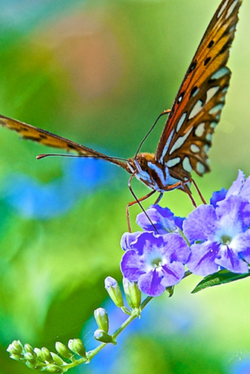
The Internet sites below are fascinating and helpful to understand how we can all do more to help them repopulate—not only by planting their preferred nectar flowers, but by also planting hosts for egg deposits.
Each of these sites has general butterfly garden facts, with links to more specific information:
The eye of a butterfly is compound and immobile, but even though it's near-sighted, it can see a wide range of color. It is particularly attracted to red, orange, yellow, purple, white, and some pinks planted in the sun or partial shade. The butterfly favors compound flowers with multiple blossoms and short nectar tubes for its proboscis, especially those with nectar comprising up to 20% sugar. Placing flat rocks in the garden is recommended so the butterfly can rest and warm its wings in the sun. Who knew! The literature notes, and I’ve verified in my gardens, a few of their more favored flowers: bottlebrush, bougainvillea, azalea, honeysuckle, goldenrod, penta, sunflower, poppy, coneflower, jasmine, lantana, milkweed, ruella (Mexican petunia), zinnia, butterfly bush and blue salvia (last four huge favorites in my gardens). They seem to spurn my roses, petunias, impatiens and vinca, however. 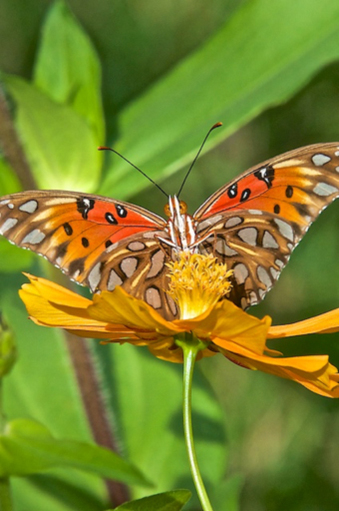
All butterflies transform through the same life cycle:
The egg hatches to a caterpillar, which eats the eggshell's chorion (or membrane) first. Then, the caterpillar starts devouring its host’s leaves, going through stages of growth, called instars. The number of stages depends on the species. Then it pupates within a chrysalis and emerges, astonishingly, as a glorious mélange of color. A caution: spraying insecticide in the garden, even the surrounding yard, can kill the feeding butterflies and caterpillars. Pesticides do much more damage than any natural butterfly predator. There are five butterflies I’ve photographed in my yard and researched: Clouded Sulphur, Eastern Black Swallowtail, Giant Swallowtail, Gulf Fritillary and Monarch. The Monarch Butterfly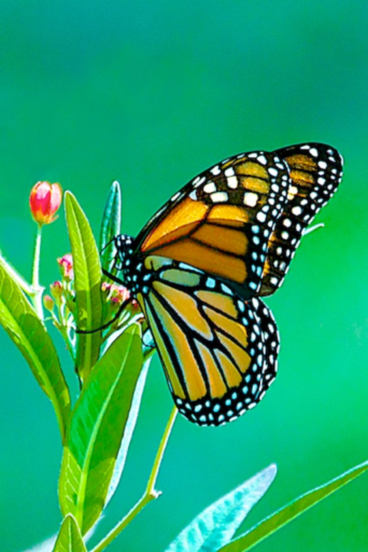
The yearly migration of the king of butterflies from Canada to Mexico has begun! The two visiting since mid-August are, hopefully, heralds of more on the way.
Last year, this monarch pictured is the only one which came to feast on my nectar gardens and milkweed. Milkweed is literally the lifeblood for the continued existence of this butterfly species. The plant is the only host on which the monarch will lay its eggs and only leaves its caterpillars will eat! I had internet shopped several kinds of milkweed seeds to be this year’s hosts, but the plants stayed so puny, I bought this year’s milkweed plants from our local nurseries. Monarchs are the only butterfly to fly a migration pattern like some birds. It is an amazing story of a 3000 mile one-way journey flying north and eastward in the spring from a very constrained area in mountains of southern Mexico and then three generations later arriving in the northern U.S. and Canada. Then, for some monarchs, a single, fragile, almost weightless fourth generation migrates the entire 3000 miles back to Mexico in the fall while others overwinter in the deep south! The fourth generation nectars heavily and can actually gain weight during the migration south by storing fat in its abdomen which must sustain it for months while overwintering in the trees in that one locale in Mexico. In the spring, the first migrating monarchs from Mexico mate, and in March and April deposit the first generation on a milkweed. Four to five days later, the egg hatches to a larva, caterpillar. After about two weeks of eating the milkweed host and growing through three to four instars, it is full grown and finds a stem or leaf to attach itself to with a silk thread forming a pupa. Then the pupa undergoes metamorphosis inside the chrysalis for about 10 days and emerges as the king of butterflies! 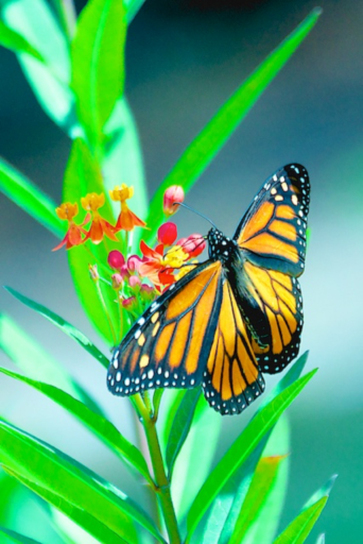
Ever flying northward, that second generation feeds on flower nectar for only about two to six weeks, mates, lays its eggs and dies. Also always flying northward, the second generation, born in May and June, and the third generation, born in July and August, go through this same short life cycle. The fourth generation can be astoundingly different, and can live as long as nine months!
From the summer breeding grounds in northern U.S. and Canada, some of the monarchs can travel the full 3000 miles back to the mountains of Mexico, roost through the winter months and lay the next generation of eggs before dying for the first leg north - again. However, the generalizations cited in the articles are not universally true. In speaking with Mr. Scott Peyton at the Miss. Museum of Natural Science in Jackson, I learned that the fourth generation may lay eggs on milkweed along the coast in August and September, then die. Some of the emerging monarchs in September and October overwinter here and south Florida or continue the migration southward to the mountains in Mexico. That information answered my puzzling question of why should we have milkweed planted here for the migrating fall monarchs. He relayed a conversation he had with Dr. Bill Stark at Mississippi, who has tagged some newly emerged adults in Mississippi in the fall and recaptured them overwintering in Mexico. Mr. Peyton had generously researched some of my other questions and provided this link, Project Monarch Watch, which is an incredibly rich source material. Their map of the fall migration is also quite informative. Alarms are going off in scientific communities about the great peril for the continuance of this marvelous monarch migration. The U.S. Fish and Wildlife Service has stated that from one billion monarchs in the 1970s there are only about 30 million remaining.
Known killers are the millions of total lost acres of milkweed from highway building, urban sprawl, and mammoth areas of land under cultivation in the Midwest with concomitant insecticide and herbicide spraying. The current drought in the Midwest is also taking its toll.
The Fish and Wildlife Service has formed a partnership with two private conservation groups, The National Wildlife Federation and National Fish and Wildlife Foundation, to start planting milkweed in any open space possible and giving seeds to everyone interested. The U.S.Fish and Wildlife Service is distributing seeds in refuges and in a 200,000 acre corridor along Interstate 35 from Texas to Minnesota, the path of 50% of the migrating monarchs. Some organizations are giving away free milkweed seeds to schools and non-profits. St. Louis and Charlotte are two cities declaring themselves sanctuaries. Florida is urging the planting of milkweed. And some local citizens are investigating what it would take for Bay St. Louis and Waveland to be declared Monarch sanctuaries. There are some studies which support the position that even though the numbers of the overwintering monarchs in Mexico are drastically reduced, the summer butterfly numbers are rebounding. One theory is that global warming is pushing the monarch farther north so that the single monarch flight south for the winter is getting just too far for one butterfly, the reason those numbers are in such decline. The scientific community is quite divided about this, though. Regardless, for all of us, let the lasting imprint be: grow Milkweed and feed, feed, feed! Eastern Black Swallowtail Butterfly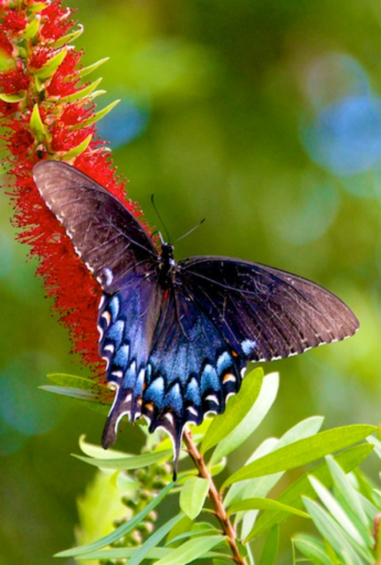
The Eastern Black Swallowtail, Papilio polyxenes asterius, may be known by other names such as American swallowtail, parsnip swallowtail, parsley swallowtail, celeryworm swallowtail and caraway worm swallowtail. A bit of lepidopterist trivia: genus name papilio is Latin for butterfly, and polyxenes is from Polyxena, the daughter of Priamos, King of Troy in Homer’s Iliad.
It lives throughout southern Canada, eastern and mid-western to the Rockies and southwest into Arizona and northern Mexico, in “uplands and wet areas-prairies, fields, flatwoods, pine savannas, roadsides, weedy areas and gardens.” The undersides of the male and female wings are identical, but the larger female has a more prominent powdery, iridescent blue on the upper surface of the hind wings. I think this one I photographed must be a female. The life cycle of the Eastern black swallowtail has the same four stages as all butterflies: eggs to caterpillars (larvae), to pupae in the chrysalis, to butterfly. This spectacular time-lapse slide show follows the growth of the chrysalis and the emergence of the butterfly. 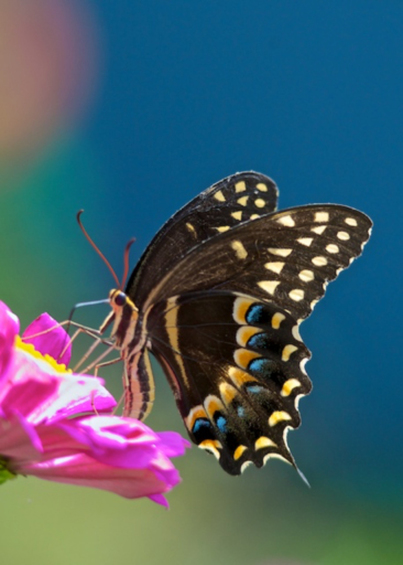
They lay their eggs singly on specific host plants (listed in the referenced article), including the very poisonous spotted water and poison hemlock. So that I can support a generation, next year I’m going to plant some of their more agreeable hosts like parsnip, Queen Anne’s lace, celery, dill, parsley or sweet fennel.
According to the article, the egg stage lasts four to nine days, larval stage ten to 30 days and pupal stage nine to 18 days, except for the overwintering pupae of third generations in the south. The Eastern black swallowtail has three instars in the caterpillar stage, and the pupa in the third generation spends the cold months hanging in a brown, wrinkled paper skin chrysalis until the spring warmth to emerge. How amazing the genetics change for repopulation! Butterflies utilize mimicry of their coloration as a defense against predators like wasps, but the Eastern black butterfly caterpillar has evolved to brandish a superb weapon. If threatened, it rears up and waves horn-like organs, osmeterium, attempting to smear the predator with a chemical repellent! Clouded Sulphur Butterfly
The Clouded Sulphur butterfly, Colias philodice, used to come through in groups of ten or so, but no more. This year only one has visited so far.
A Clouded Sulphur is distinguished from a regular Sulphur by its dark border. They fly close to the ground in open areas over yards and fields, roadsides and stream beds. A female Clouded Sulphur lays one egg on its host plant, which can be black locust, clover, asters, peas, vetch and alfalfa. One female lays several broods (batches) each year. If it gets cold before the butterfly emerges from the chrysalis, it will overwinter, with the Clouded Sulphur emerging in the spring from March through September. Given clover is everywhere in Waveland, I don’t understand why the numbers of this butterfly have dropped so precipitously in my gardens. This article has a great picture of what I often saw, with five or six of them grouping, but didn’t know the phenomenon had a name. Puddling. They group together on mud puddles, animal poop, or in my case, wet mulch, and drink the moisture. I so miss their happy dances! Gulf Fritillary Butterfly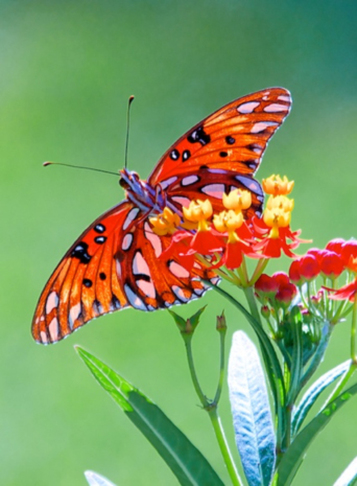
A lot of Gulf Fritillary butterflies, Agraulis vanillae, used to come to my gardens every summer. In 2015, I haven't seen any yet.
The Gulf Fritillary is supposed to be common across the extreme southern parts of the United States, as well as Mexico, and Central and South America. It gets its name from crossing the Gulf of Mexico. In the U.S., during the spring, adults migrate northward in the southeast into temporary breeding grounds. Then, late summer and fall, they migrate southward and overwinter in frost-free areas. The females are larger and darker than the males, but I've either seen only one sex, or just can’t tell the difference. They are so beautiful with the distinctive iridescent silvery sheen on the undersides of the wings. 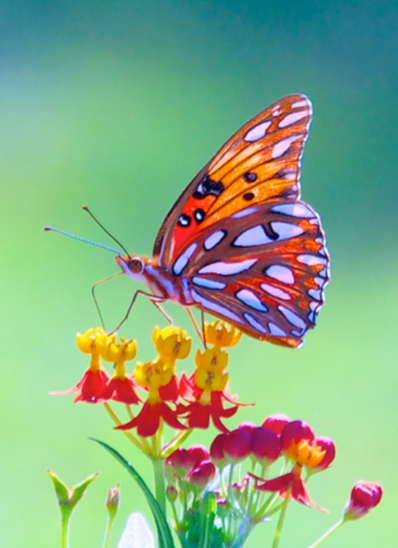
The eggs are laid singly on its host plant, which I learned is only the maypop or other Passionflowers. The caterpillar, which emerges from the yellowish egg after four to six days, is really scary looking, bright orange with black spines running the length of its body, but the spines are soft to the touch. So the literature attests, but I’m not touching it!
First thing the Gulf Fritillary caterpillar does, like all of them, is eat the crunchy eggshell, before denuding its host Passionflower. However, some red and blue passionflowers are toxic to the Gulf Fritillary, and the caterpillars die after eating these. An evolutionary hiccup, it seems to me! The caterpillar, larva, grows during the course of about two weeks, shedding its skin (exuvia) and eating it, through three instars. The Gulf Fritillary caterpillar travels from the host plant and pupates into a distinctive J position. It’s described here and pictured, looking like a brown, dried up leaf, a great protective mimetic. The caterpillar is toxic to birds, which are warned away by its coloration. But some wasps and some larger caterpillars will eat them. Giant Swallowtail Butterfly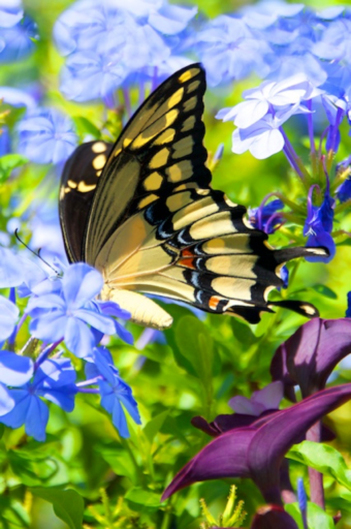
The Giant Swallowtail Butterfly, Papilio cresphontes Cramer, is spectacularly beautiful and my personal favorite. Last August, I had the most delightful day photographing three Giant Swallowtails as they danced together through the sky and fed in my gardens, just as I had planned it!
The Giant Swallowtail is truth in advertising with forewing span averaging 14–17 cm, and with uniform male and female coloration as far as I've read. The Giant Swallowtail ranges from Ontario down to the southern states, Caribbean, Mexico and Central and South America, and west to the central plains and Rockies. An intriguing fact is that Giant Swallowtails court and copulate in the afternoon. The Giant Swallowtail lays its eggs on common rue, hoptree, gasplant, torchwood, and most citrus species. It’s considered a pest to some as the larvae, caterpillars, can quickly exfoliate a small citrus tree. My husband and I, however, are delighted to sacrifice our small lime trees as hosts for their eggs. 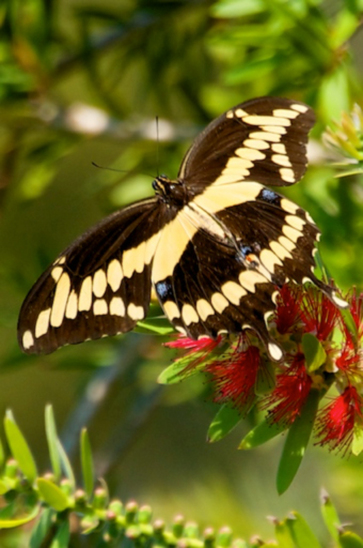
When the eggs hatch, they evolve through five instar stages of larvae and resemble bird droppings as protective mimicry. I never saw them on our limes because, unfortunately, orange and black insects ate the eggs. Figures 8,10 and 11 on this site are of a mature larva resembling a snake in a striking pose. And with the osmeterium everted like a forked tongue, the photos are really striking. The photos of the pupae in the chrysalis attached to their surfaces by a silken thread are great examples of evolutionary protective mimicry. I haven’t seen one, yet.
Predators of the larvae are certain parasitic wasps, flies and even birds. But its coloration is a protectorant as well as their osmeterium glands grown in the fourth and fifth instar. A toxic glandular secretion, which smells like rotten eggs, is aimed at small predators like ants and spiders. I live in Waveland, off Nicholson. I would love emails from Waveland or Bay St. Louis residents with location information, and your observations of the number of these or other butterflies in your yards this summer as compared to previous years. P. Chris Christofferson, P. Chris Photos, [email protected]
An urban forestry conference takes place on the coast, where re-greening efforts over the past decade are making a difference aesthetically - and economically.
- story and photos by Ellis Anderson A Timely Tree Conference on the Coast
A Community Garden Takes Root
Like most living things, it’s taking a while to grow – especially while it’s first establishing itself. But now it has taken firm root in Bay St. Louis and is flourishing.
- story by Ellis Anderson and photography by Katharine Truett Ohman
 A mural of this Kathleen Johnson painting will eventually cover a wall in the Community Garden. Work is slated to begin on the mural in October. A mural of this Kathleen Johnson painting will eventually cover a wall in the Community Garden. Work is slated to begin on the mural in October.
“Ten years later, that memory of that yard was so strong that I painted this,” says Johnson of the design. “It is the only Katrina painting I have made in all those ten years. It is not of the destruction… but of this one yard full of "volunteers.”
The mural is part of a long-term plan for the garden, one that is geared to eventually engage the entire community. For instance, the garden is supported by several local organizations, including MS State Extension Service, Hancock County Master Gardeners, NAACP, and the Boys & Girls Club. All produce grown is donated to the Senior Center, along with other Hancock County food pantries. “The mural is just one part of the big picture,” says Katharine Truett Ohman, who spearheaded the creation of the garden and organizes its maintenance. “Initially, we started with an edible forest. Now we have fruit trees, nine raised beds and twelve table gardens. We even have experimental grape vines and muscadines.”
The raised table gardens make it easy for handicapped or older gardeners to keep a hand in the gardening game without having to bend or kneel down. Christian Stephenson of the MS State Extension Service and Ohman are working on getting an irrigation system installed for the table beds so they can be put into use year-round, even during the warm weather months.
Donations of plants, seeds, soil and building materials continue to be received from across the state. Some of the materials are being slated for an educational area, where metal benches will make up an outdoor “classroom,” so instructional gardening programs can take place. Future plans call for a covering to shade the classroom too. In the fall, after the weather cools, a call for volunteers will be issued for painters to help with creation of the mural. In the meantime, groups and individuals meet each Monday morning to weed, water and harvest the garden. “Our volunteers are open and welcoming,” says Ohman. “We all seem to be grounded in the sense that this is what we need to be doing for our community. We’re taking baby steps now, but eventually, we’ll have a beautiful, flourishing community garden.”
A honeybee hive on the rooftop of an Old Town restaurant? Yep! Find out how hive hosting is good for the community, the food chain and makes for good family fun!
- photos and story by Ellis Anderson Bee Here Now! The New Trend in Hive Hosting
That’s not the case with many hives across the country today. Josh says that nearly a third of bee hives in the U.S. die off each year. Pesticides, bee predators and fungi are chief among the identified culprits, but the high rate of mortality remains somewhat of a mystery.
The high rate of loss makes beekeeping a risky profession these days, but Josh Reeves is undeterred. He and his father-in-law, Jim Huk, began their company just last year. J&J Bees and Trees focuses on raising citrus trees and honeybees. The two currently own and manage about 25 hives. They’re hoping to double the number of hives each year and eventually provide local honey on a small scale. One arm of their business is neighborhood hive hosting. Most of the country’s 2.4 million domesticated bee colonies are utilized in agriculture for pollination purposes. Bees pollinate one out of every three bites of food we eat, making a $14.6 billion impact on agricultural harvests. But it’s a growing trend for homeowners in cities or suburbs to host bee hives. Here’s how it works. For a set annual fee, Josh Reeves will set up and maintain a honeybee hive at someone’s home or business. The property doesn’t even have to be large or rural, it simply has to be bee-friendly. The Starfish Café is a case in point. It’s in the middle of Old Town, and the hive, since it’s mounted on the roof, takes up no yard space. 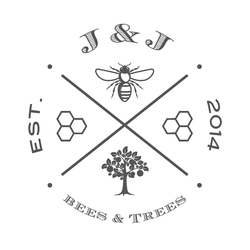 Find J&J's Bees & Trees on Facebook or call (228) 363-3490 Find J&J's Bees & Trees on Facebook or call (228) 363-3490
The hive hosters benefit in several ways. They receive a portion of the honey harvested each year (although there’s not much of a harvest the first year while the hive is getting established). Hosters don’t have to care for the hives. Josh checks in periodically to make sure all is well. The host family has the satisfaction that they’re giving pollinators a place to call home – and increasing the production of their neighbors' vegetable gardens. Or their own. Di Fillhart, owner of the Starfish Café, noted a huge uptick in the production of the restaurant’s vegetable garden since the bees moved in.
Josh’s passion for bees began after he retired from the military and he and his wife, Jinny, bought a small farm in Ohio. The couple raised goats, chickens and pigs, in addition to raising much of their own food. In nearby Medina, Ohio, the A.I. Root company offered beekeeping workshops and Josh signed up for a few classes. Root is a candle company now, but used to be one of the country’s foremost suppliers of bee-keeping equipment and is still involved by providing educational resources for beekeepers. Reeves was smitten with the hard-working insects and kept hives for the next five years. When the family relocated back to the Mississippi coast in 2014, they decided to create a company based on their passions and their values. Their mission statement (below) expresses the goals of the Reeves’s lives and their company. They want to bring families together. They want to educate the community about bees. They want to introduce others to what Josh calls the Gee Whiz factor, the joy and amazement that comes from living in harmony with nature. 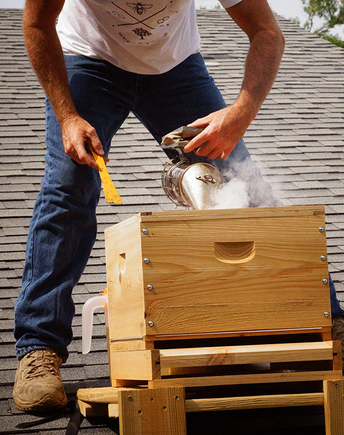
The day the Cleaver photographs Josh checking on the Starfish hive, he begins by lighting some straw in a special smoker device. It looks sort of like a little watering can with bellows. Once the straw is smoking, he directs a few puffs of it into the hive from the bottom, where the bees are coming and going.
It doesn’t take much to calm the bees. He waits a few minutes, then moves calmly to open the hive from the top. He’s dressed only in jeans and a t-shirt, not the bee-keeping space suit that’s usually seen in cartoons and movies. Once he’s opened up the hive, he begins pulling out the vertically stacked trays that the bees build their honeycombs on. He holds them by the wooden edges since both faces of the trays are covered by bees busily stuffing nectar into little cells. Reeves explains that since the queen dictates the temperament of the hive, “gentle” ones - those who don’t seem to be unduly angered by human interaction - are bred. That’s why most domesticated honey bees are not as aggressive as legend suggests. After he makes sure the queen is thriving and no pests have crashed the party (mites and fungi are the main threats in this part of the country), he reassembles the hive. A few minutes later, the beekeeper climbs down from the roof without a single sting to mark the experience.
In the future, Reeves is hoping to make the hive openings at the Starfish educational events open to anyone who wants to learn more about honeybees (contact the Starfish to find out Reeve’s next scheduled visit). It’s the perfect family summertime outing, sure to keep kids “buzzing” for days. Since the Starfish hive is on the roof, observers have a great view from below. It’s safely out of angry bee distance in case someone’s afraid the queen might be having a grumpy day.
The Starfish hive is just one of several J&J hives hosted in the area. The word’s getting out and more people are calling Josh daily to inquire about getting into the program. Why the surge in interest? “I’ve talked to so many older people whose father or grandfather raised bees,” says Josh. “They remember it from their childhood. Of course the younger kids haven’t had that experience, but what kid doesn’t like a bug? When you can take a male bee – the kind without a stinger - and put it in a child’s hands, it’s neat to see what happens. It’s really easy to bridge a generational gap with honey bees.”
J&J Bee’s and Trees is more than just honey. It is impacting the community through education, family and making our environment more vibrant and wholesome. It starts in your backyard and spreads throughout the world.
Find J&J's Bees & Trees on Facebook or call (228) 363-3490 J&J's Mission Statement
Sustainable Gardening - Old Concept, New TwistWith more people growing their own food, sustainable gardening makes sense. A look at the ways you can maximize your garden space. - by Regan Carney
The sustainable agriculture part of the permaculture concept is that everything is interrelated in the natural world , so why not encourage that by planting fruit and nut trees close together and then plant shrubby berry producing plants around the trees and then plant viney gourds and pole beans next to that and then herbs and vegetables, and then encourage mushrooms under the foliage. Just like in my clump, there would be no undergrowth because there was virtually no sun on the ground in there. This is not new. It has been and is being used by peoples all over the world that live on small plots of farmable land. The land can be extraordinarily prolific if all the needs of the plants can be met. Once that happens, there is little for the human to do but harvest and replant. A good example of this is Native American use of corn, beans and squash or the “Three Sisters:. The corn is planted first and once it has reached a certain height, the beans are planted and then a bit later, the squash is planted. The corn acts as a pole for the beans, the beans fix nitrogen in the soil, and the squash leaves keep the water from evaporating too quickly and shades out most of the weeds. What is new is the use of technology and architecture and social concepts . I am not going to pretend that I understand all of this, but I can give you a reading list and encourage you to go to the next meeting of the sustainable agriculture group that has sprung up recently. Sustainable agriculture is a more understandable and concrete term than permaculture. The definition of "permaculture" from Wikipedia : “A branch of ecological design, ecological engineering, environmental design, integrated water resources management that develops sustainable architecture, regenerative and self maintained habitat, and agricultural systems modeled from natural ecosystems.”
Oh yeah, that is very intellectual stuff. But we have to start somewhere, so sustainable agriculture is a good starting point. If you are interested in alternative materials for building a house, here is the resource. Have you thought of turning your pond into a fish farm that feeds lettuce that then feeds the fish? Here is where the ideas meet up. Just do a Bing search of Permaculture or Food Forest videos to become really excited by the tangible results that are possible in your backyard. Resources: Bill Mollison: Permaculture: A Designers’ Manual, Tagari Publications (1988) David Holmgren: “The essence of Permaculture”, Holmgren Design Services (2006) Robert Hart: Forest Gardening:cultivating an edible landscape, Chelsea Green Pub. Co. (1996) Geoff Lawton: geofflawton.com/sq/15449-geoff-lawton
by Regan Carney
- This month - it's time to plant summer gardens on the Gulf Coast and Regan shares some time-tested tips for growing a good crop of veggies in your home garden.
The seeds I ordered from an heirloom seeds specialty catalog called Seeds of Change and the plants I buy from either a feed store up in the country, from a reputable plant store, or from one of the farmer’s markets. Occasionally, I will buy exotic seedlings from a catalog. Be sure that the seeds you purchase are fresh and appropriate for our climate.
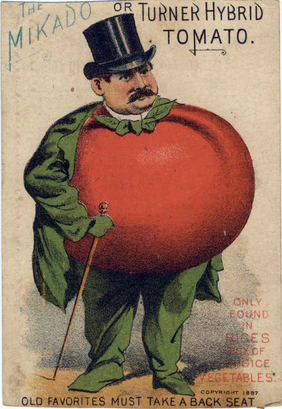
Most of the cool weather plants should have gone into the ground by now, such as my English peas. If you get to it in the first two weeks of the month you can still plant: carrots, lettuce, spinach, chard, mustard, turnips and snap bush beans.
Good Friday, which falls on April 3rd this year, is traditionally planting day in this area. Usually there are no more freezes after that date. I have been witness to some very lively debates about planting tomatoes before Good Friday. I have planted early and usually had not much success. But the one time that it stayed warm we got a great crop! I found a really good list of the tomatoes that will grow well in our climate on the Mobile Botanical Gardens website. Be sure to obtain fusarium wilt resistant varieties as this is a common plant disease here and a heart breaker. Tomatoes are really worth growing yourself. The flavor of a warm, peak ripe tomato is exquisite and doubly so if you grew it! In the later part of the month, the ground will be warming. You can begin to plant the mid-summer plants which include: watermelon, peanuts, muskmelon, corn, okra, southern peas, sweet potatoes, cucumbers, some beans, and peppers. I have found that growing herbs, flowers, and vegetables in the ground, raised bed or container is possibly the best stress reliever available. It is also a fantastic teaching tool for children, if you have them. So, if you are going to plant a garden, I wish you luck, fertile soil, lots of garden worms and ladybugs, rain when you need it and plenty of sun. For more home gardening information, go to msucares.com. Sprouting Up by Melinda Boudreaux - this month - Take a look around town, because this spring it's going to be greener than ever!
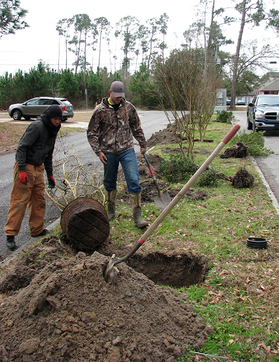 I’m talking about the planting of grand Willow Oaks, blooming Crape Myrtles, bright Vitex. Well, they aren’t big, blooming, and colorful yet. These 45 deciduous trees are just freshly planted, thanks to Katharine Ohman, Dan Batson, the Beautification Division, and airmen from Keesler Air Force Base. Since Hurricane Katrina, there have been numerous other beautification projects in the city, all with the help of volunteers and donations. The goal of the Beautification Division and Katharine Ohman is to “re-green” our area and in doing so, add to “its intrinsic value,” Katharine tells me. Ideally, in the long run, that intrinsic value aids tourism and economic development. Overall, these cosmetic improvements have been positive for residents and business owners. Local antique and art dealer, Althea Boudreaux, is grateful to have two new Crape Myrtles in front of her business Something Special on 207 Main. “Without a doubt, the addition of the Crape Myrtle trees creates an ambiance of Southern charm and warmth to the 100-year-old cottages of the 200 block,” she says. Katharine has been a part of many steps in the process of re-greening our city and county. She, along with the Beautification Division and Chamber of Commerce, put great care into projects like this one. Katharine has personally been involved with maintaining funding by donations, planning and organization, volunteer management, and compiling reports . “I also get my hands and boots dirty on most projects,” she adds. story continued below 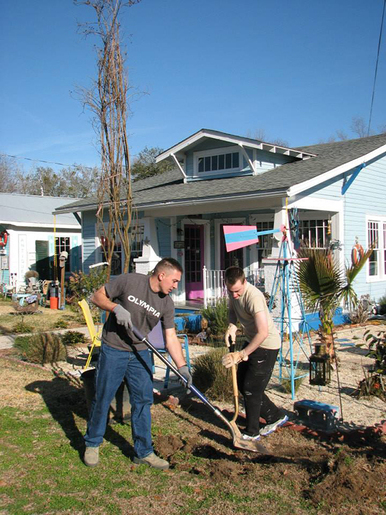 Part of ensuring proper use of the donations is choosing the right vegetation to re-green our area. Katharine assures they “try to obtain native species or those that are well-suited to the area soils and climate.” Crepe Myrtles, Oaks, Magnolias, and Vitex thrive in our area. Because these trees are expected to be large monuments on our landscape, the BSL Beautification Division also takes proper and legal precautions around roads, taking into account power lines, underground pipes, and driver sight lines. How is Bay St. Louis able to obtain so many beautiful trees? Katharine explains, “Donations come from several sources, however chief among them is Dan Batson’s GreenForest Nursery in Perkinston, Mississippi.” Dan is a generous contributor to our area, since 2006. He offered donations of trees and vegetation to many Gulf Coast communities after Katrina destroyed so much of the greenery. “Bay St. Louis was almost the only one to respond, and Dan was confident that the products of his generosity would not be wasted,” Katharine says. Small efforts like this one are certainly not wasted on Bay St. Louis. The addition of new greenery helps to replace the estimated 320 million trees along the Gulf Coast lost to Katrina, according to a study by Jeff Chambers, a Tulane University biology professor. Thanks to the BSL Beautification Division, Katharine Ohman, Dan Batson, and the armies of volunteers from Keesler, Americorps, Habitat for Humanity, Master Gardners, the local NAACP, and so many more, our local ecosystem can breath a lot easier. by Regan Carney This month - To grow food, the world needs bees. But the bees are in trouble - why and how can we help? photographs by Ellis Anderson
Bees are a varied group of insects. In the USA alone there are at least four thousand different species. Bumblebees and sweat bees come to mind right away. Most of the bees that live around us are “solitary,” meaning that they don’t live in a hive and most of them do not make honey. But most of them ARE interested in flowers, so they make excellent pollinators. They are not the only insect that acts that way, but they are the most well known. The early settlers of this country brought their friendly honeybees with them, so that their crops would be pollinated and so that the colonist could have that honey, Ah that sweet honey! They set up beehives near their fields, and apiculture was off in America! It has become a very big and necessary business. As farms have gotten larger and less diverse in what they grow, they have had to truck in mobile hives. The scientists are beginning to think that this may be stressing the bees. The farmers are using pesticides and herbicides on their crops. The scientists think this may also be stressing the bees. The bees are fed corn syrup during the winter. The scientists think this may not have a diverse enough nutrition and it is stressing the bees. Someone imported bees that may have had a virus that is spreading through the bee population on the backs of a mite and that may be killing the bees. This has lead to Colony Collapse Disorder (CCD). The number of hives that die off per year varies across the country. It ranged from 20% to 64% in 2013. It seems to be leveling off, but the numbers are still high and worrisome because no one knows exactly what is causing it. The native bees are also being affected, but there are no numbers on them. The honeybee, at least the worker, only lives up to a couple of months. A male drone dies right after mating with the queen. A queen can live for three to five years. There are up to 1,500 bee eggs being produced at any one time. A hive will contain 20,000 to 80,000 bees. We may be able to help the insect world by making the land around our houses bug friendly. Here's how: 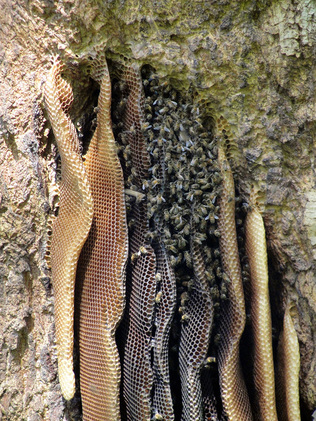 a natural hive in a live oak tree on the grounds of Houmas House plantation in Louisiana a natural hive in a live oak tree on the grounds of Houmas House plantation in Louisiana 1. If you are going to spray pesticides on your plants or house, please read the instructions: spraying when plants are flowering will accidently kill the bees. Most bees are not aggressive. They will sting to protect their hive and then die, so they have to really need to do that. Most bugs are good for your garden (OK, not all of them, but most of them) and they will generally set up a balance. 2. Try alternatives to pesticides. How about soap spray (I use Ivory soft soap and water). Use the least harmful first and give it time to work, rather than whipping out the big guns first. There has been a lot of research about the communities of bacteria, bugs and nutrients in your garden soil. Smart observation, research and small changes will lead to better solutions. 3. If you realize that your house, a piece of outdoor furniture, or a tree on your land has become colonized with a hive, call a bee rescuer before killing the hive. It is important that bee diversity is maintained and rescuing hives is one of the ways to do that. Or you could become a bee keeper! 4. Plant a wildflower garden NOW. Diversity of plant life is good for the bugs, the environment, and yourself! See below for a chart suggesting things to plant from kidsgardening.org 5. Gulf Coast Bee Keepers Association meets 2nd Tuesdays at 7 pm in the Gulf Coast Community College Science building. Contact Dan Triplett at [email protected] Learn more! Jeffrey W. Harris, PhD Ext. Research Apiculturist [email protected] The Honeybee Health Coalition: https://keystone.org/bee-health, or contact Julie Shapiro at [email protected] Jon Entine, Science Collapse Disorder--The Real Story Behind Neonics and Mass Bee Deaths. Forbes, 4/11/2013 Lisa Granshaw, 5 Fun Facts About Bees — and How You Can Help These Disappearing Insects, vetSTREET.com, July 10, 2013 Encaustic art by local artist Kat Fitzpatrick The word encaustic is taken from the Greek and means “to burn in.” In the encaustic process, pigmented beeswax is applied and then fused to a surface with heat. The result is a broad range of surface effects and a luminous translucency that is unique to the encaustic medium. Check out Kat's website for more images of her work or to sign up for a class.
You can also find her work at the Mockingbird Cafe, a Prime Sponsor of the Cleaver! |
Categories
All
Archives
July 2024
|
Shoofly Magazine Partners
Our Shoofly Partners are local businesses and organizations who share our mission to enrich community life in Bay St. Louis, Waveland, Diamondhead and Pass Christian. These are limited in number to maximize visibility. Email us now to become a Shoofly Partner!


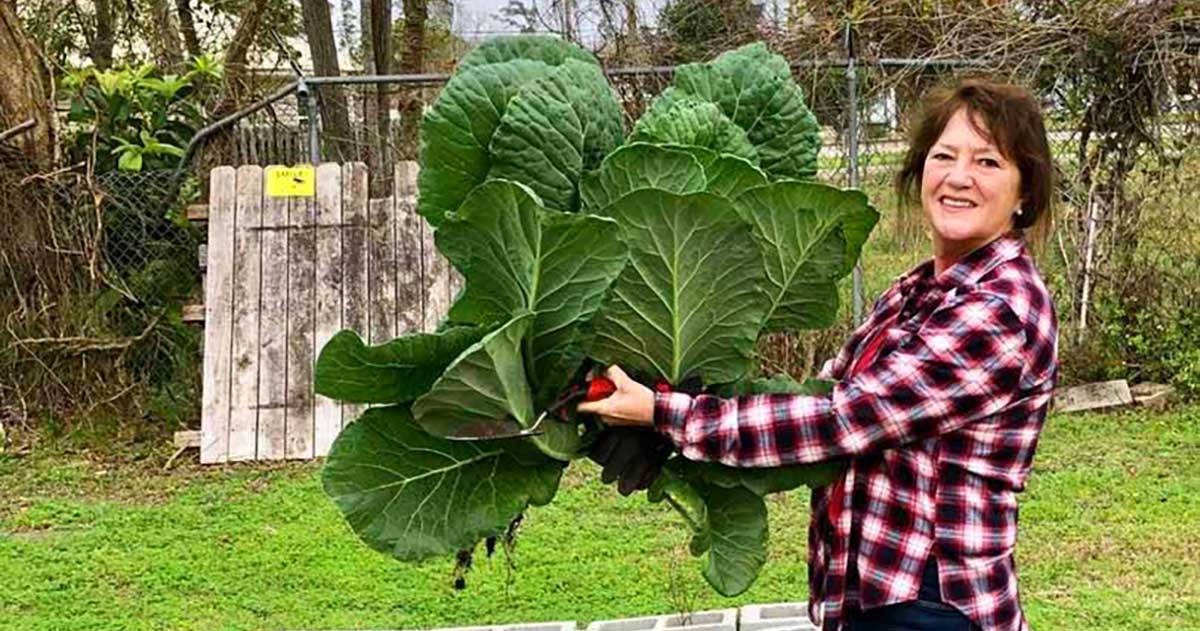
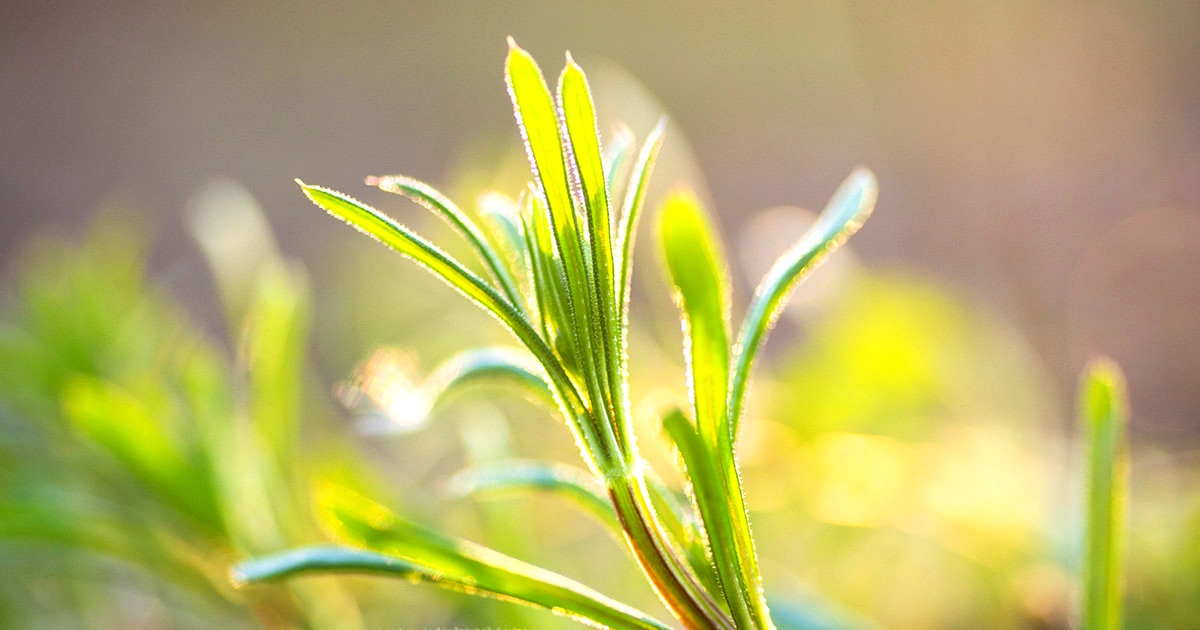
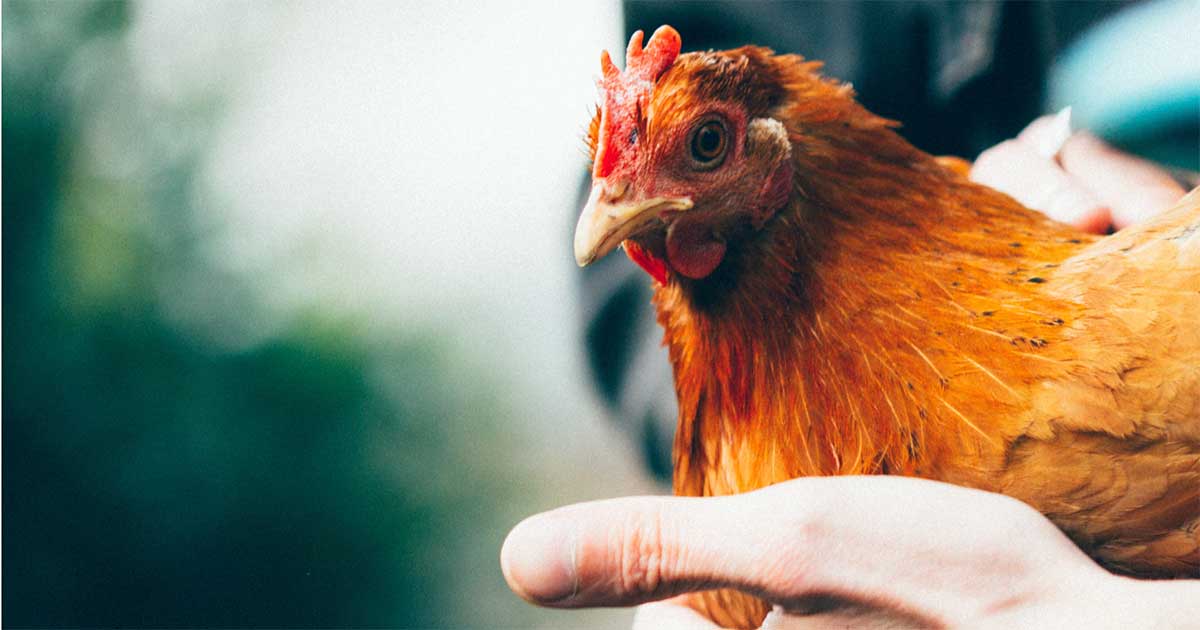
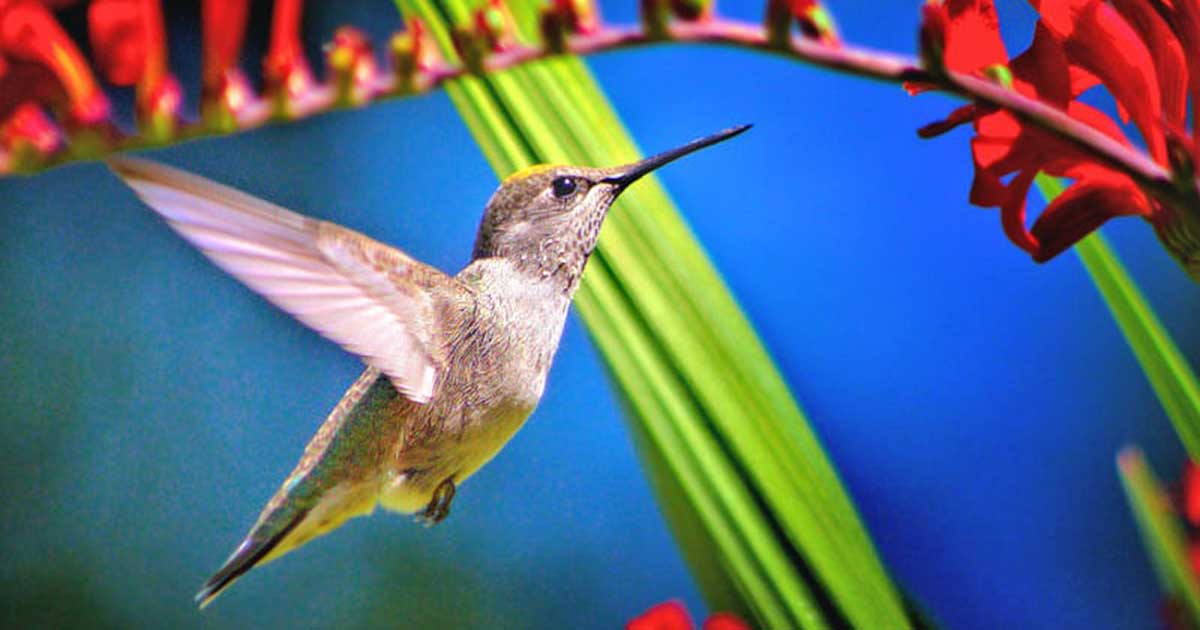

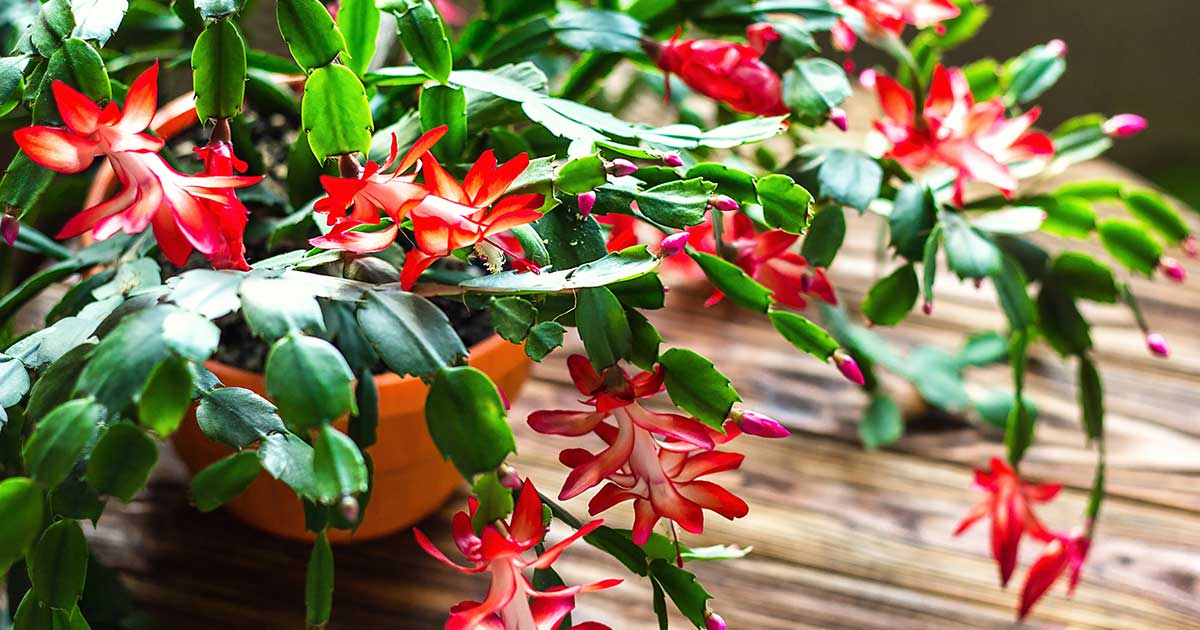
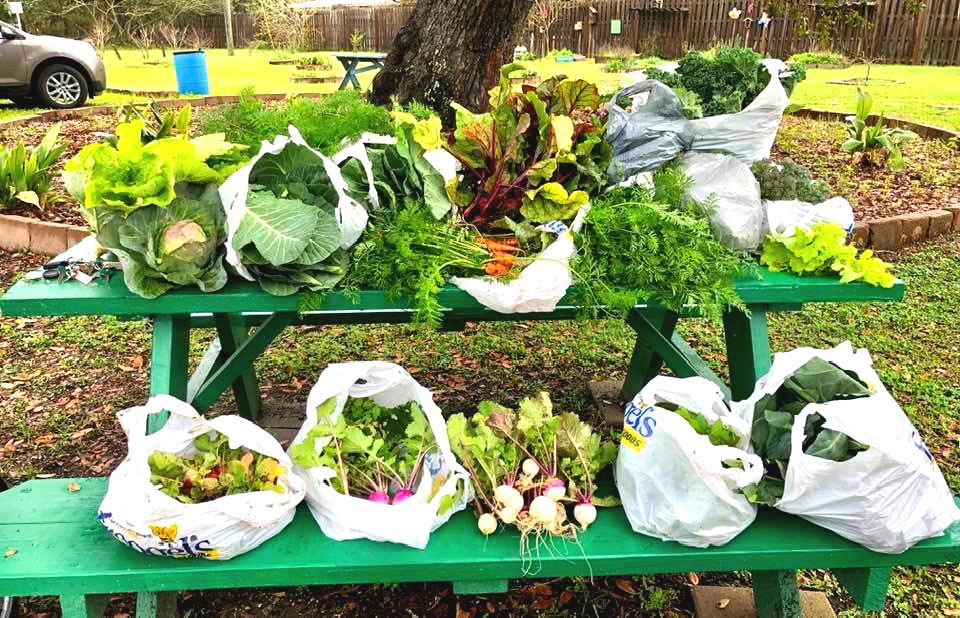
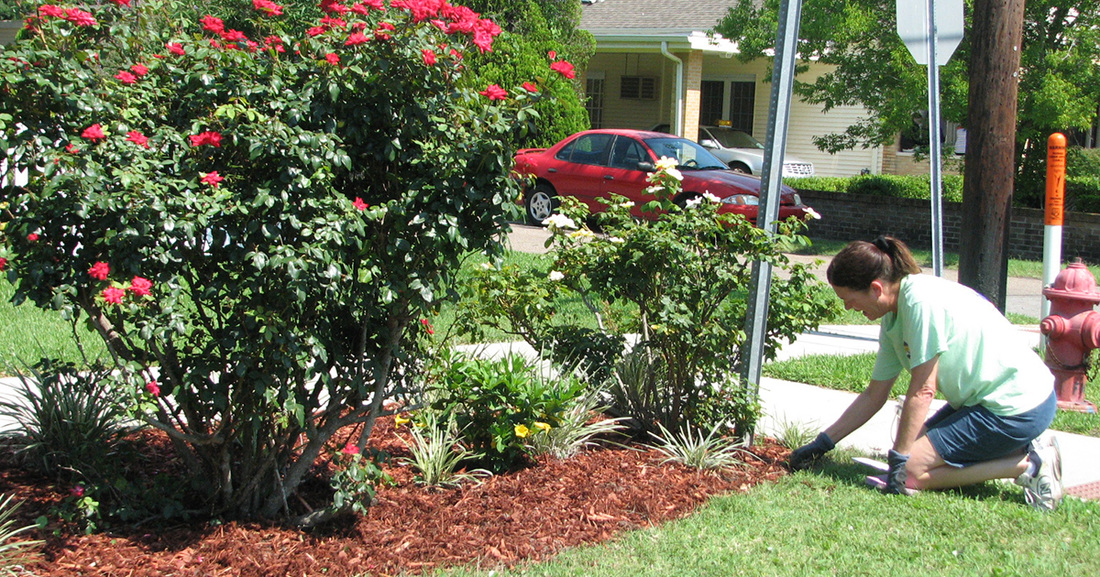

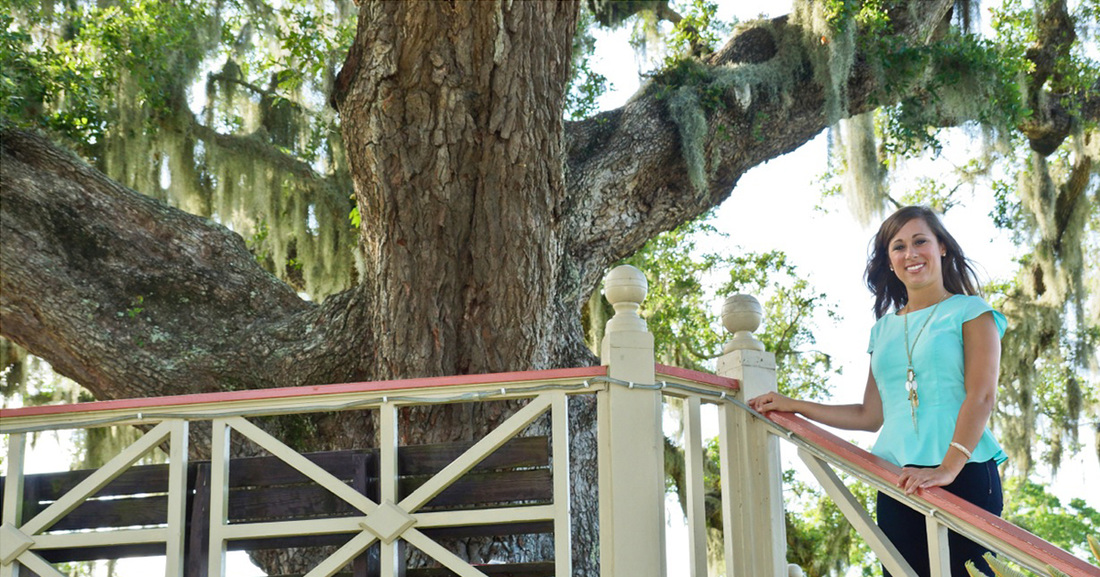

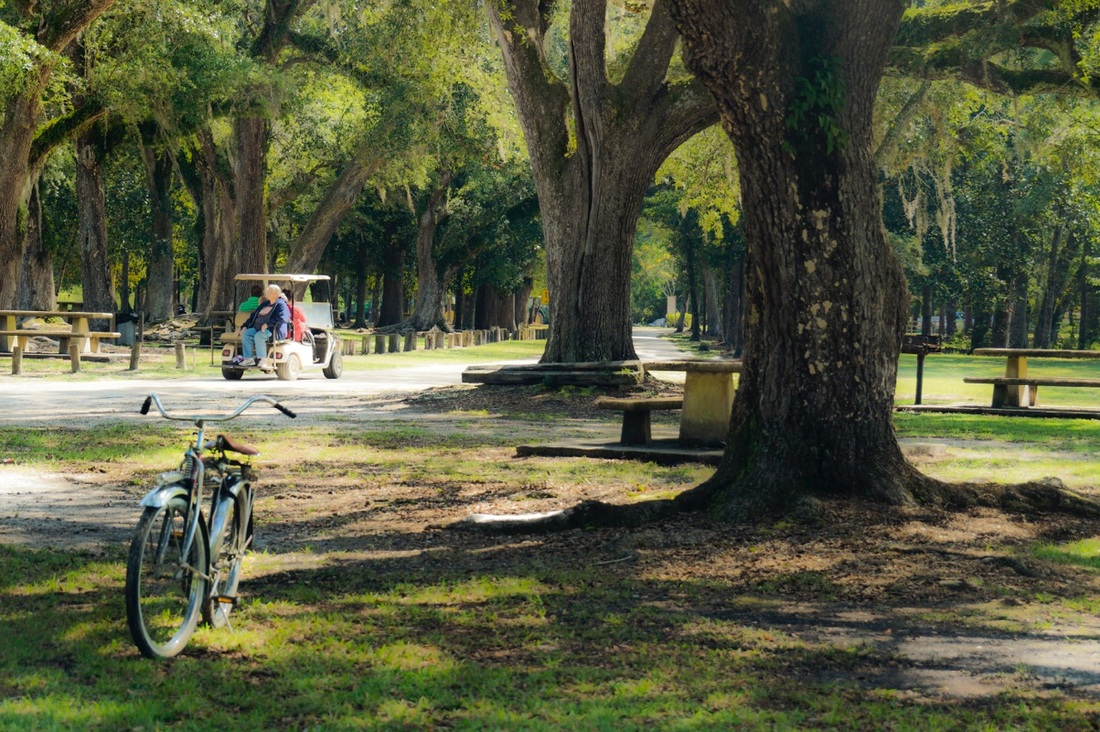
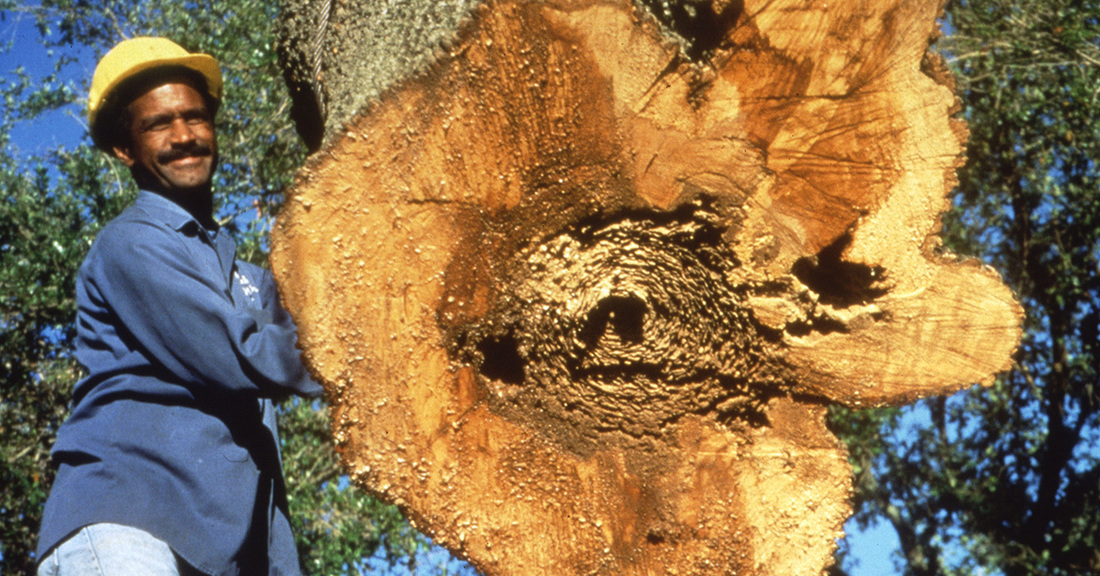

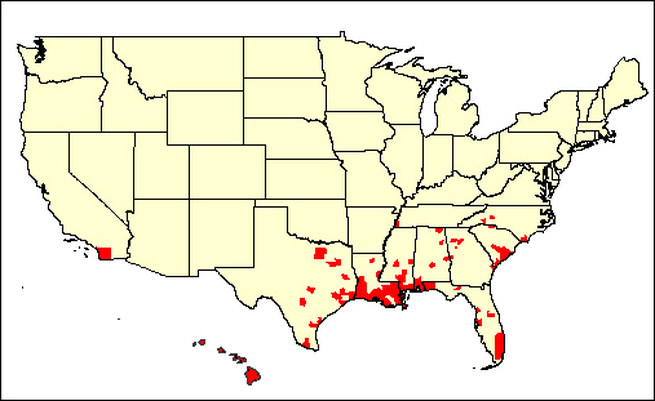
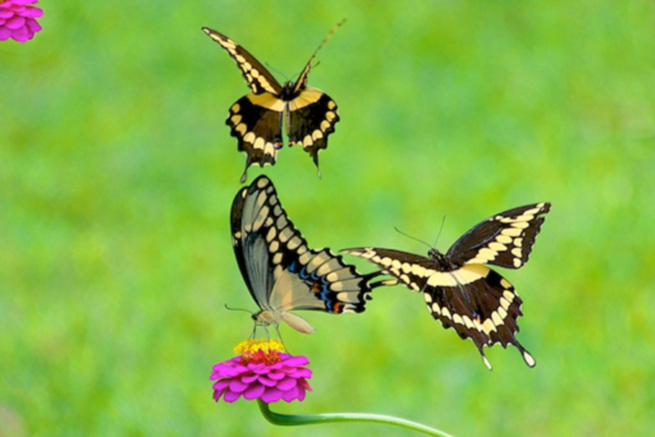

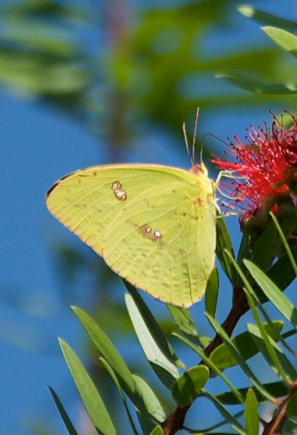
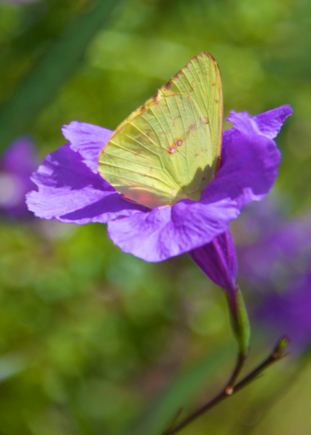
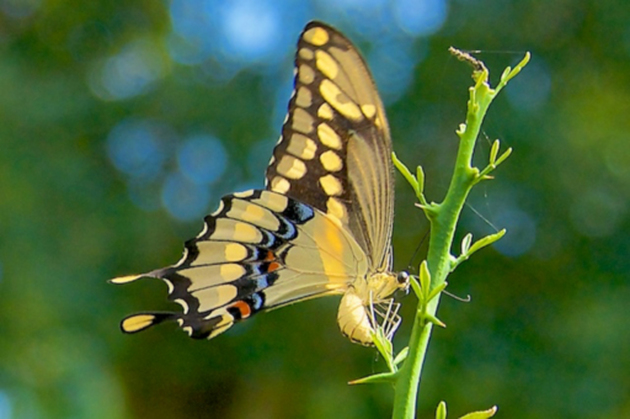
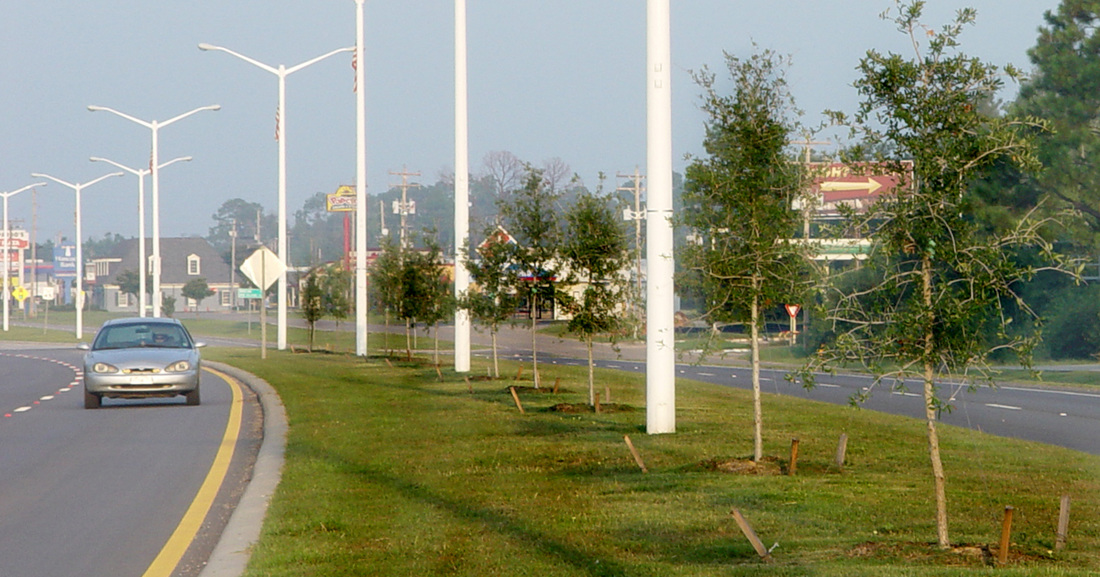
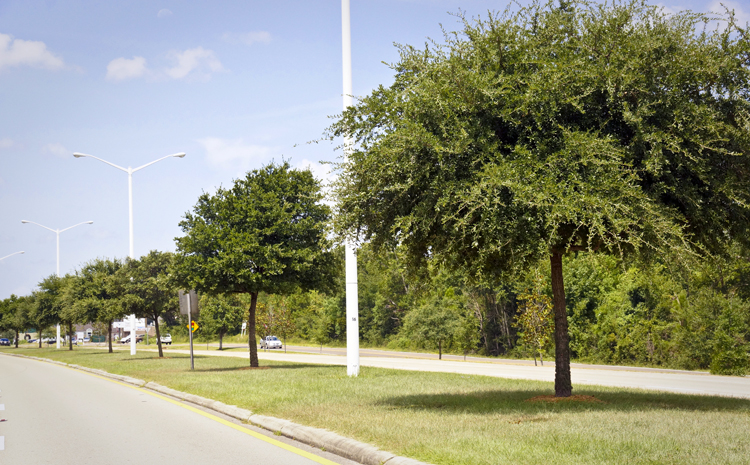

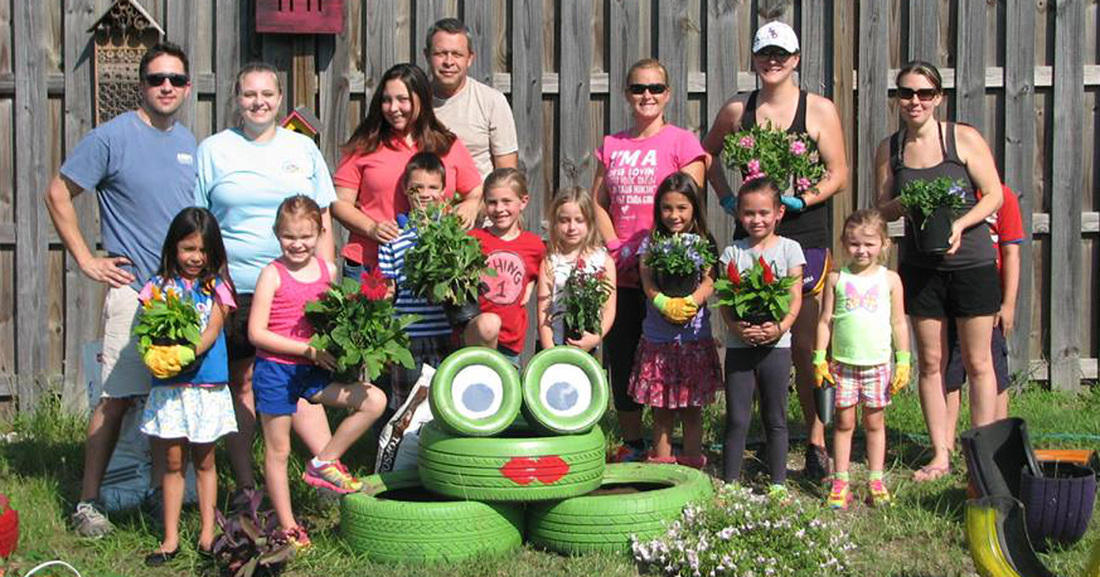

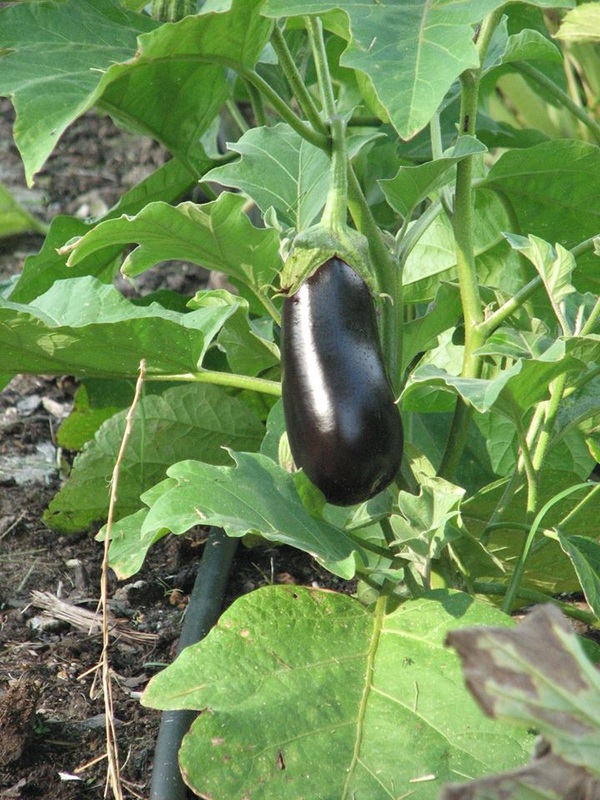
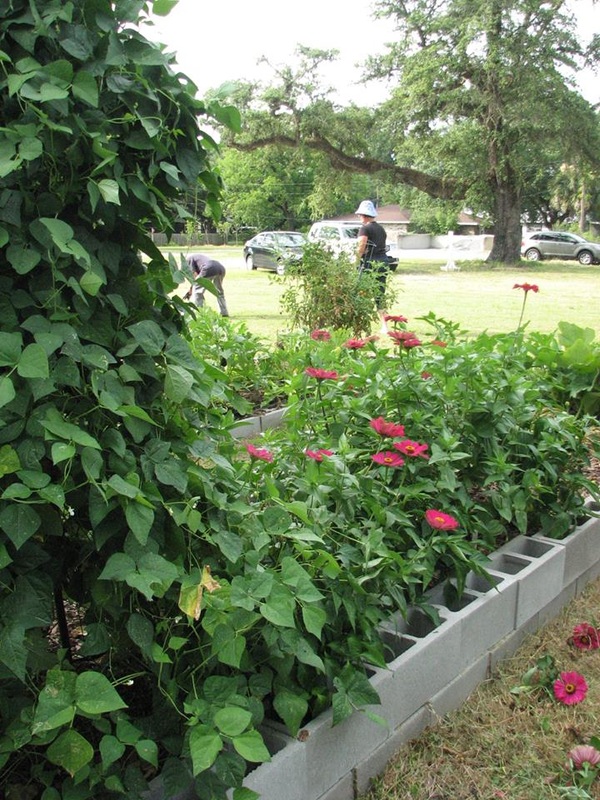
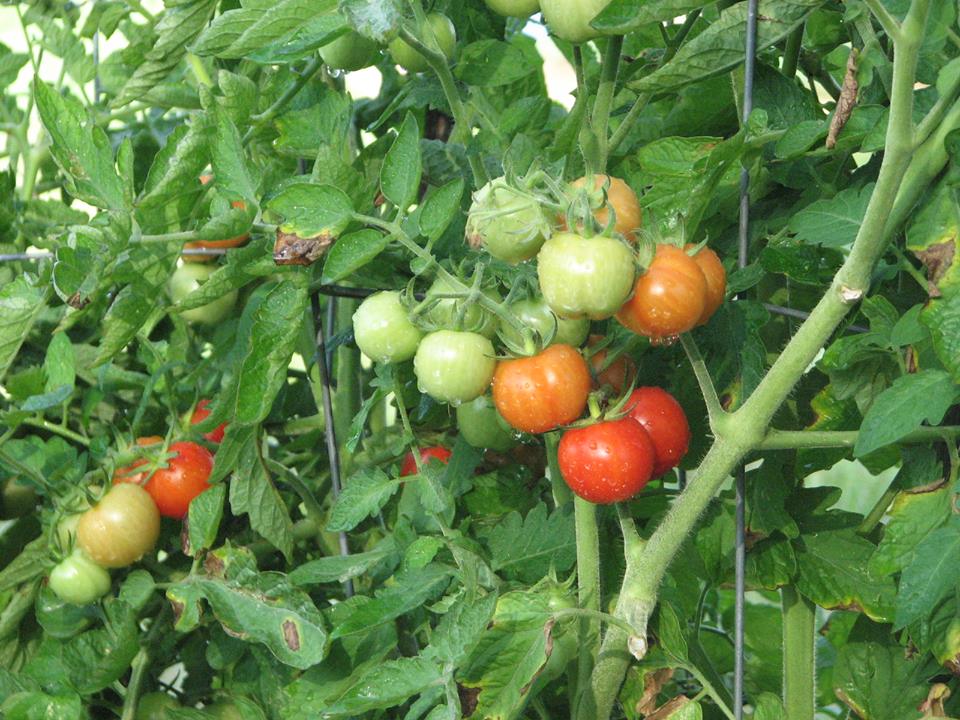
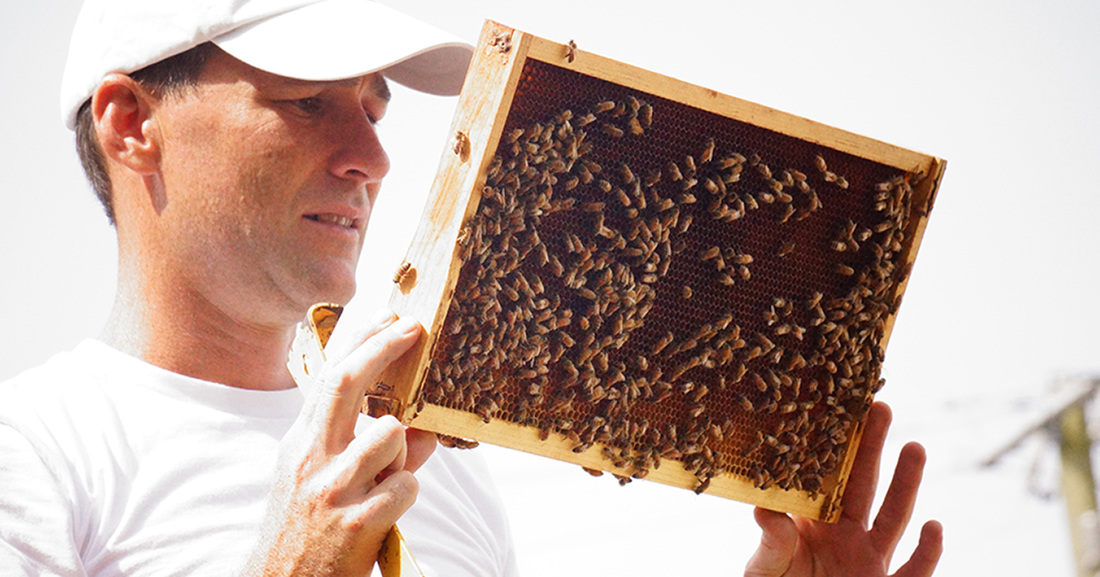

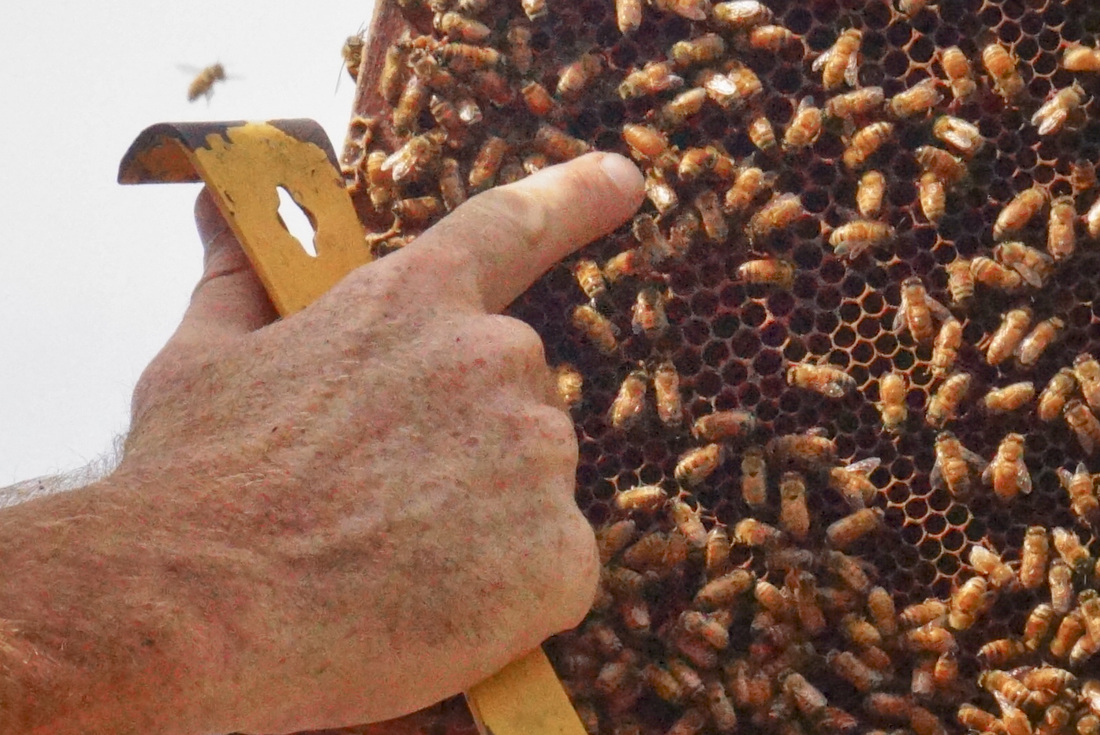
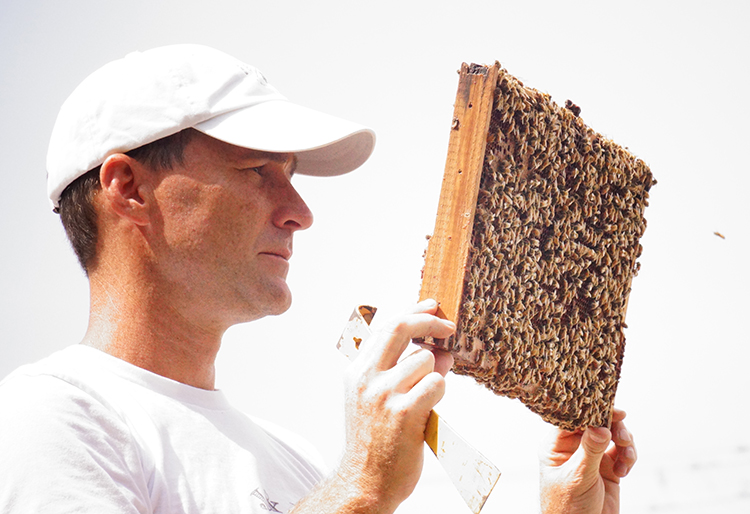
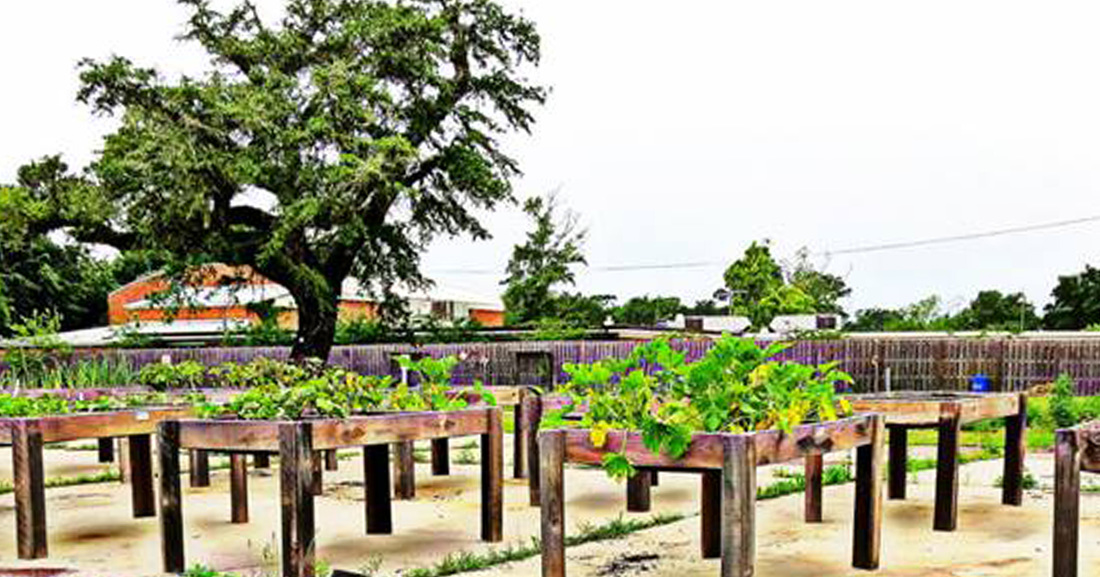

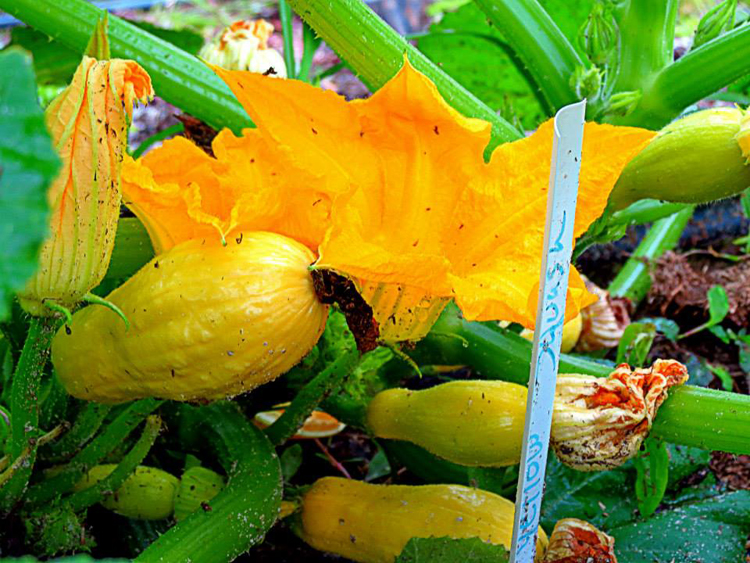
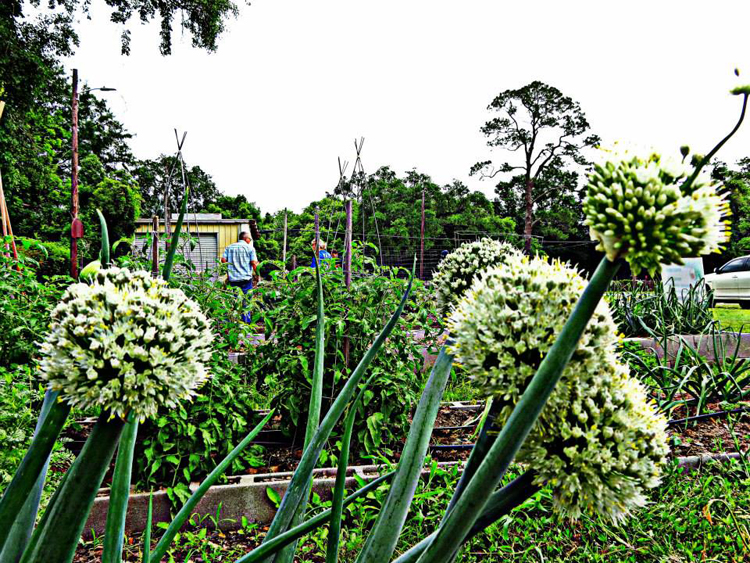
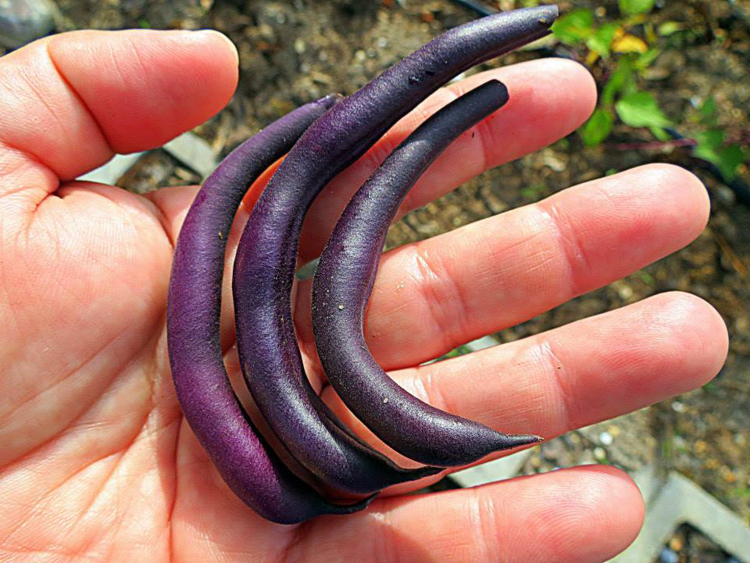
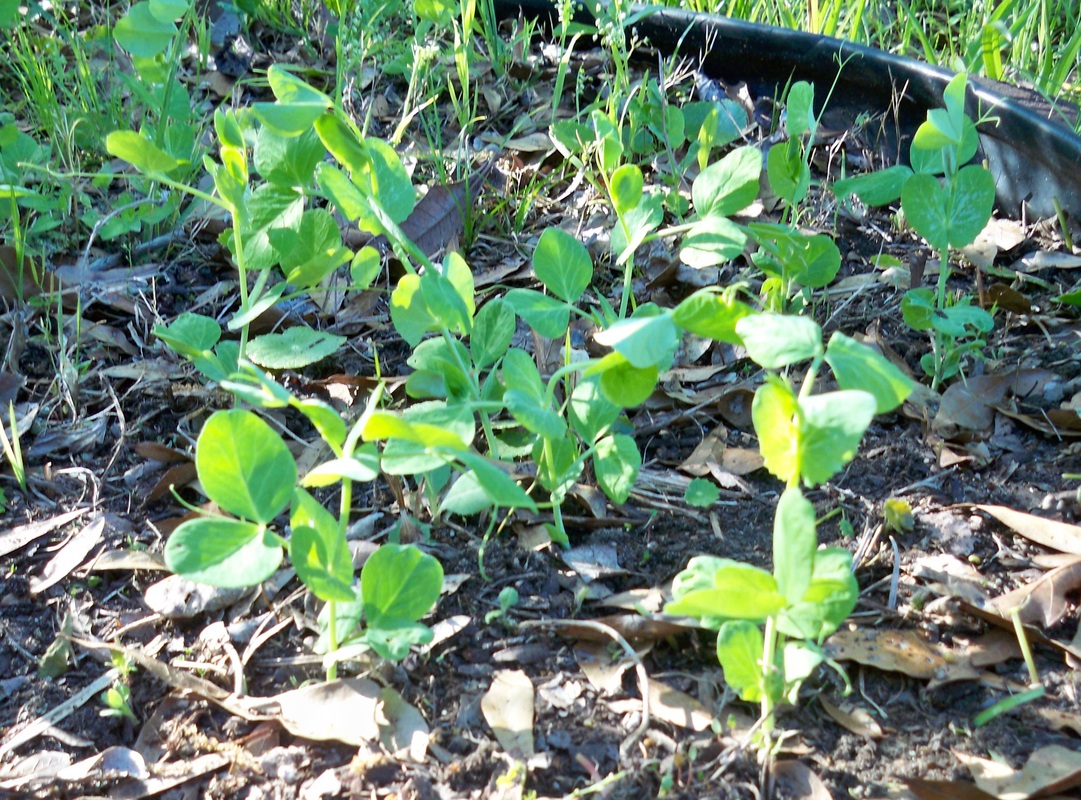

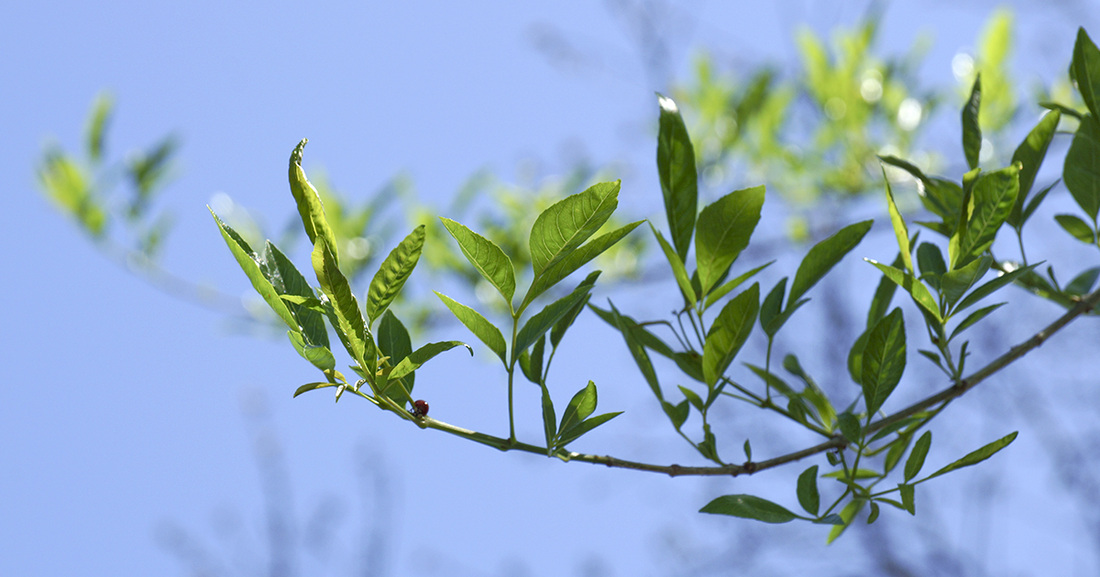

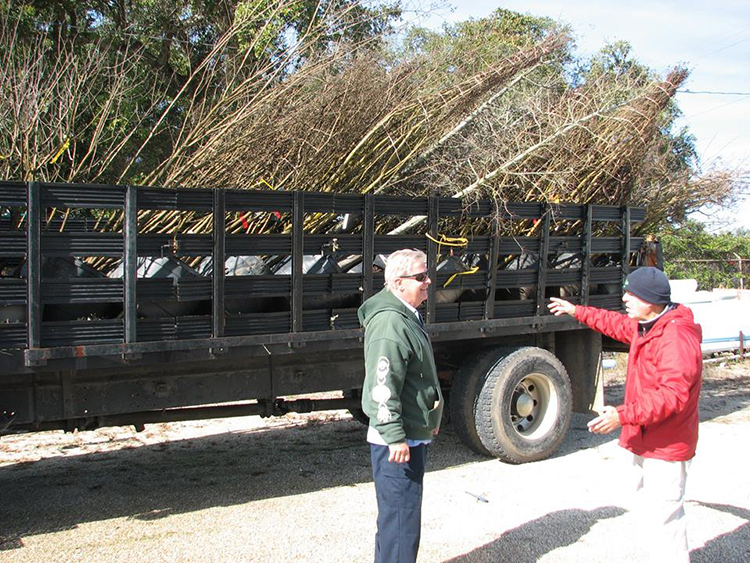
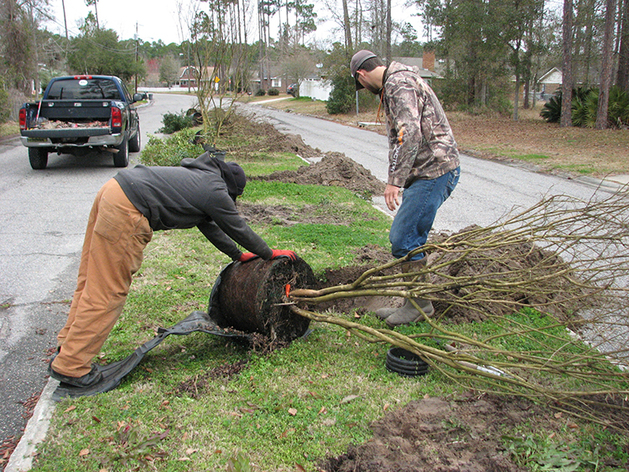
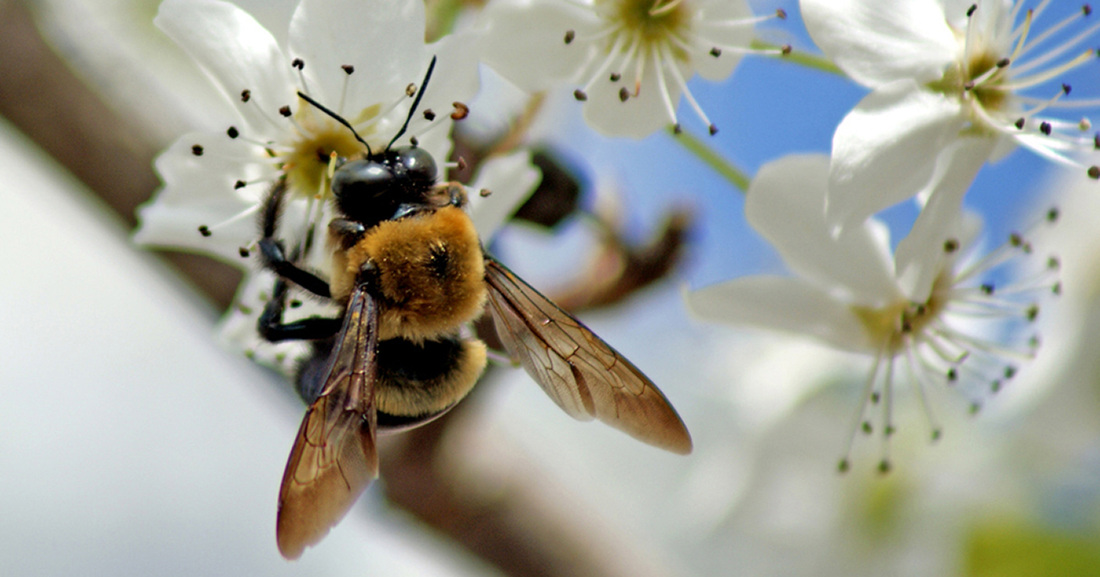


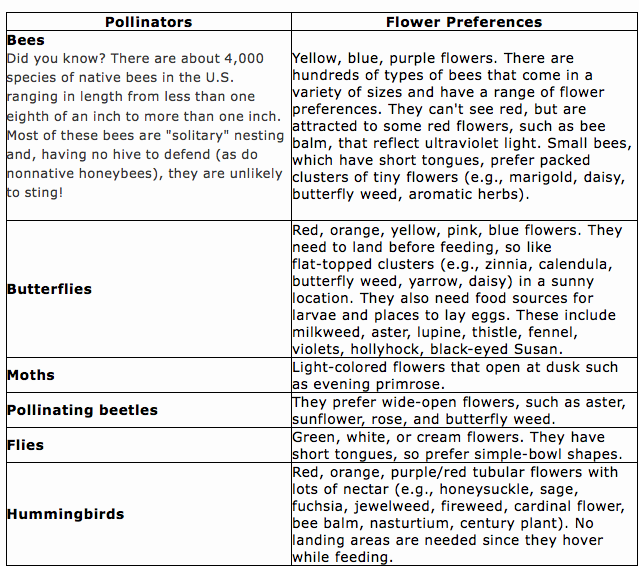

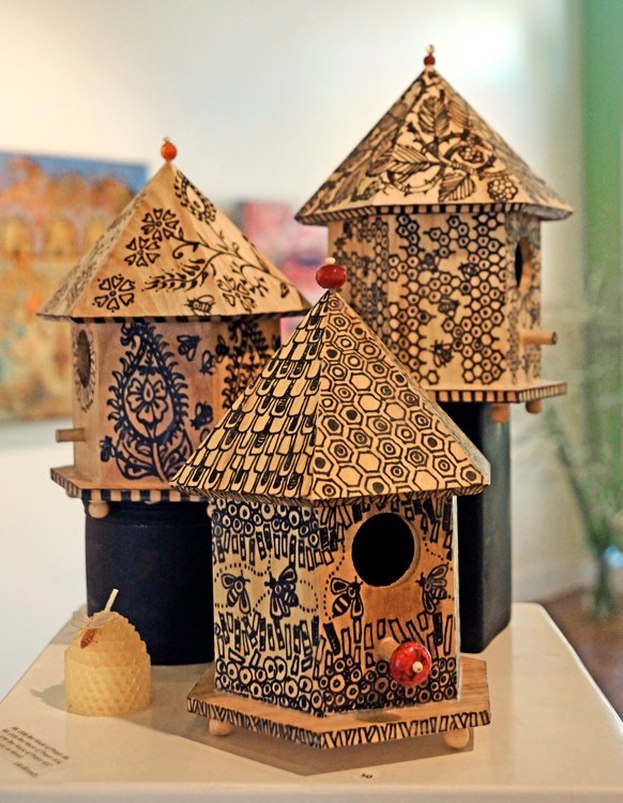

























 RSS Feed
RSS Feed























